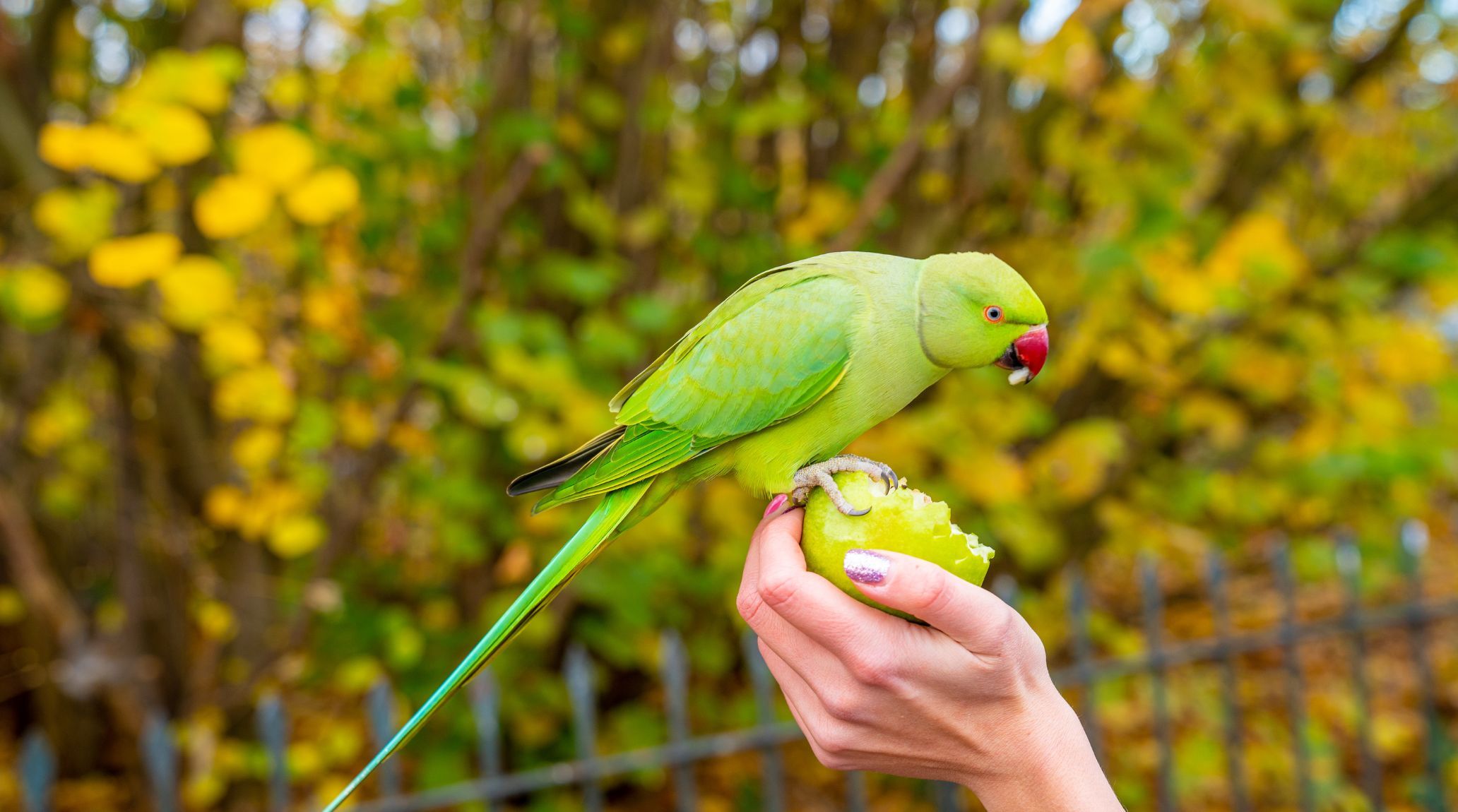
“
Parrots, with their vibrant plumage and remarkable intelligence, are some of the most captivating creatures in the avian world. From mimicking human speech to displaying complex social behaviors, these birds have fascinated and delighted humans for centuries. Join us on a journey as we uncover 20 intriguing facts about parrots that showcase their unique abilities, ecological importance, and fascinating characteristics.1
1
”
Parrots use their feet to grasp and manipulate food, effectively eating with their feet. This ability allows them to hold and bring food to their beaks, showcasing their dexterous and adaptive feeding behavior. 1
Parrots are classified as omnivorous birds, meaning their diet includes a wide variety of foods. They eat fruits, nuts, seeds, insects, and occasionally small animals, reflecting their diverse and adaptable feeding habits. 2
Parrots generally form strong, lifelong bonds with a single mate. This monogamous behavior is typical, with many parrot species maintaining a stable pair bond throughout their lives, demonstrating loyalty and commitment in their relationships. 3
Some parrot species, like the African Grey Parrot, are renowned for their exceptional ability to mimic and understand human speech patterns. Their cognitive skills allow them to replicate sounds with remarkable accuracy. 4
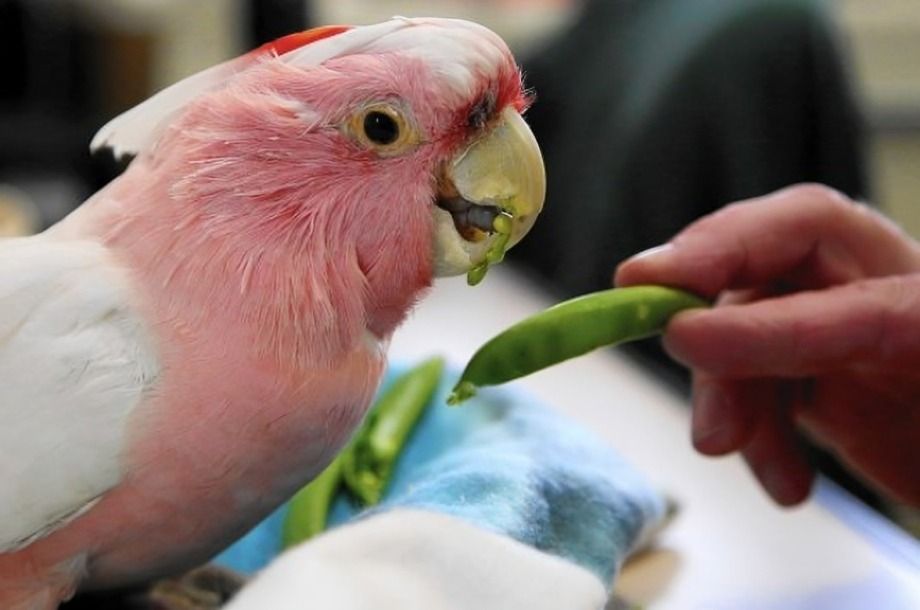
The oldest parrot ever recorded was Cookie, a Major Mitchell's cockatoo, who lived at least 82 years and 88 days. Arriving at Brookfield Zoo in 1934, Cookie's estimated hatch date was June 30, 1933, making him 83 years old at his death.
They possess zygodactyl feet, with two toes facing forward and two facing backward. This unique foot structure enables them to grasp objects and perch securely, facilitating their dexterous climbing and feeding behaviors. 5
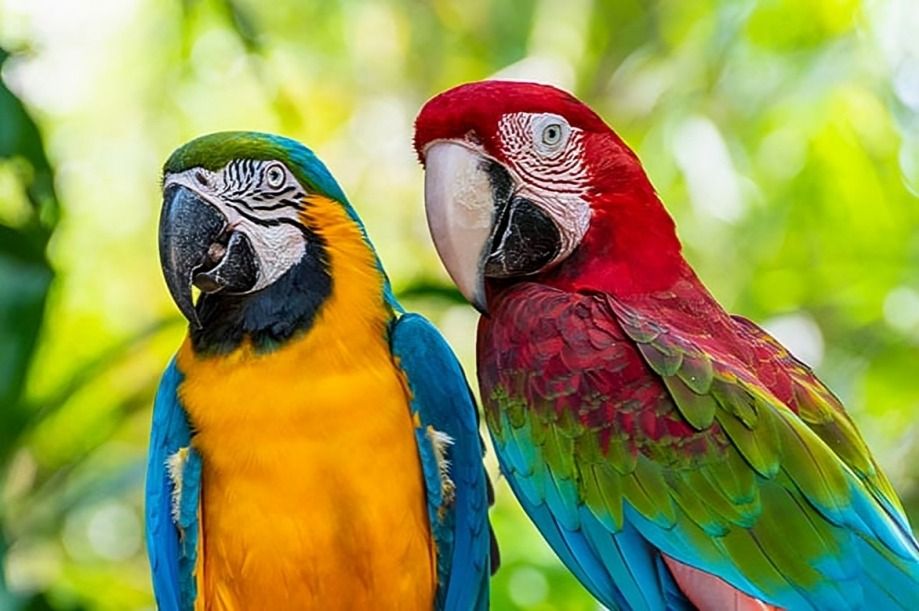
Macaws, known for their large size and striking colors, are among the largest parrot species. Some macaws can reach up to 40 inches in length, making them impressive and majestic members of the parrot family.
Parrots are highly social birds in their natural habitats, often forming large flocks. These flocks engage in complex social behaviors and communication, highlighting the importance of social interactions for their survival and well-being. 6
They have a long lifespan compared to many other pet birds, with some species living well over 50 years in captivity. With proper care and a stimulating environment, parrots can be long-term companions for their human caretakers. 7

The Kea, a parrot native to New Zealand, is known for its curious and playful nature. Keas are often seen exploring and interacting with objects, showcasing their inquisitive behavior and intelligence.
Parrots can weigh up to seven pounds, depending on the species. This weight is typically seen in larger parrot varieties, showcasing their considerable size and robust build compared to smaller parrot species. 8
Parrots possess exceptionally strong beaks, which are adapted for cracking nuts, breaking seeds, and manipulating objects. Their powerful beaks enable them to perform a variety of tasks, making them highly effective in their natural behaviors. 9
Parrots are essential to their ecosystems as seed dispersers, playing a crucial role in the regeneration of forests. Through their feeding habits, they contribute to the growth and diversity of plant life in their habitats. 10
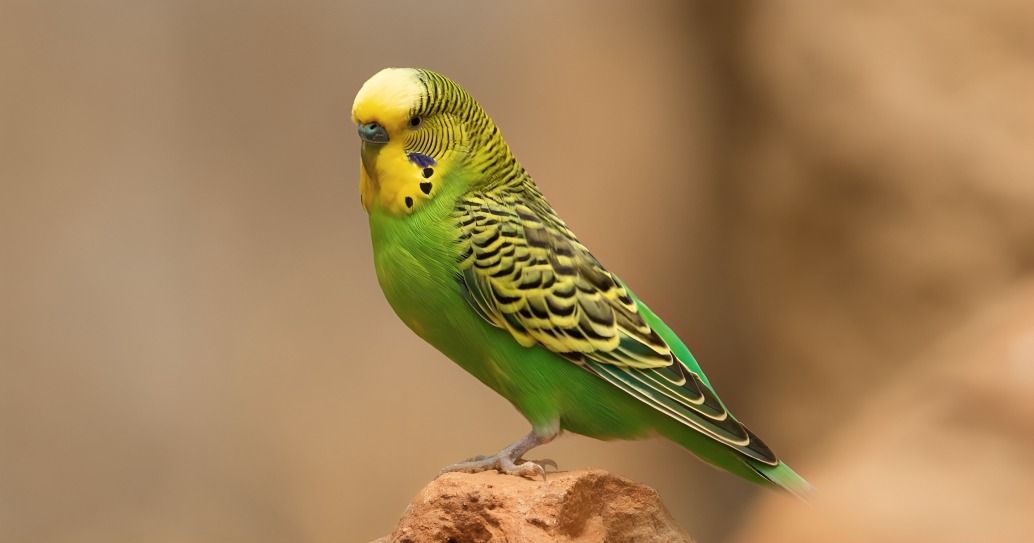
Budgerigars, or budgies, are popular as pets due to their small size and cheerful disposition. Their ability to learn tricks and interact with humans makes them delightful companions for many pet owners.
Parrots typically lay between two and eight eggs per clutch. This range in egg quantity varies by species and is part of their reproductive strategy, ensuring a balance between offspring survival and the availability of resources. 11
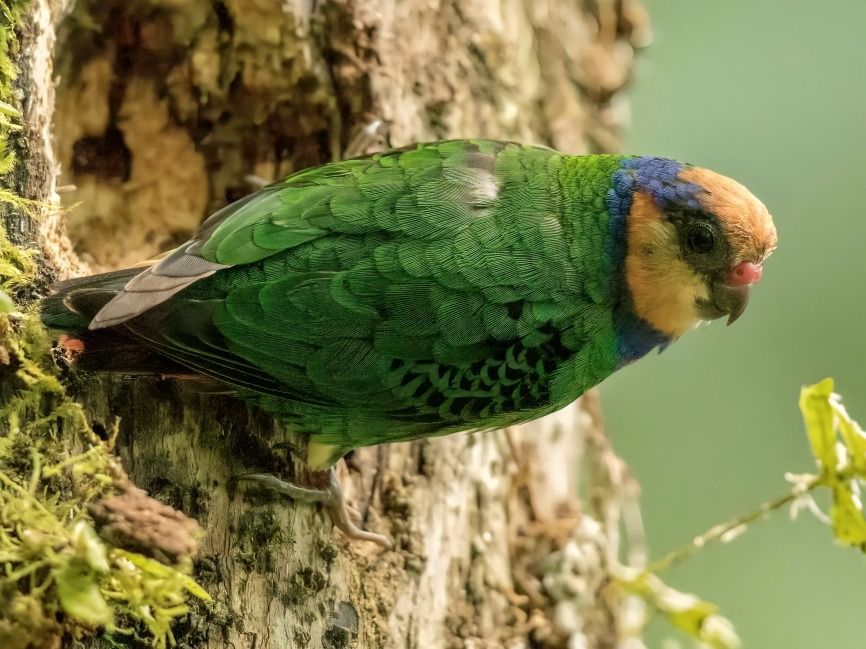
The smallest parrot species, the Pygmy parrot, measures just three inches long. Contrary to the image of large parrots, these tiny, agile birds, native to New Guinea and nearby Pacific islands, navigate dense foliage to forage for food.
Female parrots do not have a traditional pregnancy period. Instead, they lay eggs after mating with a male, and the incubation period for parrot eggs varies by species, typically lasting from 18 to 30 days. 12
They are adaptable birds, capable of thriving in diverse environments ranging from tropical rainforests to arid savannas and even urban areas. This adaptability allows them to survive and flourish in various habitats around the world. 13
Parrots engage in grooming rituals to maintain their plumage and strengthen social bonds within their flocks. Grooming behaviors also extend to their interactions with human companions, reinforcing their social connections. 14
Many parrot species face threats such as habitat loss and illegal trade, leading to conservation efforts aimed at protecting their populations. These efforts are crucial for ensuring the survival and well-being of parrots in the wild. 15


